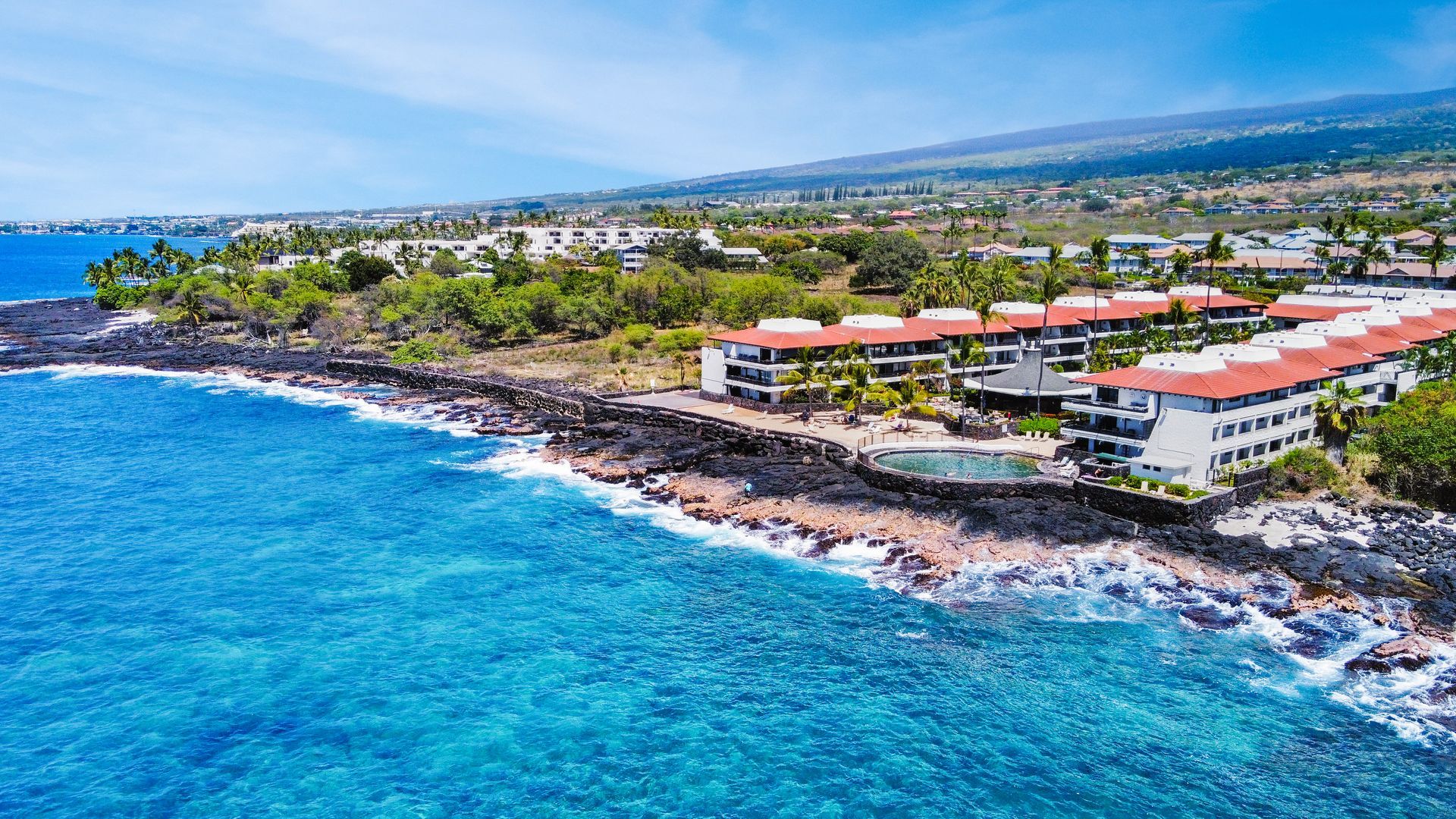How a 1983 Tariff Changed an Industry - And My Life

This Isn’t About Politics—It’s About Experience
In the early 1980s, I wasn’t just working on motorcycles—I was racing them. I lived and breathed motorcycles. As a mechanic for Kawasaki and Harley-Davidson dealerships on Oahu and in Las Vegas, I saw both sides of an industry in crisis. Harley was struggling, while Japanese bikes dominated the market and the track.
Then, in 1983, everything changed.

A Tariff That Reshaped an Industry
The U.S. imposed a massive tariff on Japanese motorcycles over 700cc, aimed at saving Harley-Davidson. Almost overnight, racing classes shifted—750cc bikes were downsized to 699cc, and Japanese manufacturers moved more production to the U.S. to avoid the tariffs, creating thousands of American jobs.
At the shop, I watched the impact unfold firsthand. Harley got a second chance, while Kawasaki, Honda, Yamaha, and Suzuki adapted fast. The experience left a lasting impression on me - tariffs, when done right, can reshape industries, protect jobs, and force innovation.

Reagan’s Bold Move: The 1983 Tariff
In April 1983, President Ronald Reagan signed a five-year tariff plan, dramatically increasing the import duty on Japanese motorcycles over 700cc:
- 1983: 45%
- 1984: 35%
- 1985: 20%
- 1986: 15%
- 1987: 10% (back to normal levels)
The goal? Give Harley-Davidson time to recover. But what happened next went beyond just Harley—it changed American manufacturing.

Notice the big white patch on my back, it was required as rookie to wear that - I cut up an old t-shirt and duck taped it to my leathers - lots of riders got to see it from behind - I won the race!
The Unexpected Twist: Thousands of Jobs Created in America
Rather than accept the tariffs, Japanese manufacturers adapted by moving more production to the U.S. to avoid the import tax:
✅ Honda expanded its Ohio factory, creating thousands of jobs.
✅ Kawasaki ramped up production in Nebraska.
✅ Yamaha and Suzuki followed suit.
For the first time, foreign motorcycle brands were being built in the U.S. on a large scale, bringing long-term jobs, technology, and investment to American workers.

Another favorite - 1982 GPZ 550 - I had over 25 motorcycles during my youth
Harley’s Comeback and a Win-Win for all
Meanwhile, Harley-Davidson used this window wisely—improving quality, modernizing production, and reclaiming its reputation. By 1987, Harley was profitable again—and in a bold, unheard-of move, they asked the Reagan administration to lift the tariffs a year early.
This wasn’t just about Harley—it was a blueprint for how strategic tariffs can work. The 1983 motorcycle tariff didn’t just protect one company; it forced innovation, created American jobs, and reshaped an industry.

The Lesson: Tariffs Can Work—If Done Right
Most tariffs drag on too long or cause unintended consequences. But this one? It saved an American icon, forced foreign investment in U.S. manufacturing, and proved that short-term protection can lead to long-term economic strength.
Looking back, I realize just how big of an impact those years had—not just on my career, but on an entire industry. It was a rare case where everyone evolved—and America came out stronger.

Back in the 80's, this was my "production class" Kawasaki 1000 Z1R
Why This Matters Today This story isn’t just history—it’s a lesson for today’s trade debates. If done right, tariffs can protect American industries—but only if they push companies to innovate rather than rely on permanent protection.
Would this strategy work again today? That’s up for debate. But one thing is clear—the motorcycle tariff of 1983 changed American manufacturing forever.
And just like manufacturing, housing and real estate are cornerstones of our economy. When smart policy is paired with local insight and long-term thinking, we can strengthen communities, create jobs, and keep opportunity within reach—for everyone.
🔧🏍️ Let’s Talk: What Do You Think? 💬 Do you think tariffs can still work today? 🏁 Were you working or riding in this era? I’d love to hear your thoughts!

Posted by:
Lance Owens RB-24133
808.936.8383
LUVA Real Estate | 75-240 Nani Kailua #8, Kailua Kona, HI 96740
REALTOR® / BROKER-IN-CHARGE • Residential homes, Condos, Land, Agricultural/ Equestrian/Large Acreage
Hawaii Association of REALTORS® (HAR)
2025 President 2023/24 State RPAC Chair
2023 HARLA Graduate
National Association of REALTORS® (NAR)
2023-25 Director 2024-25 RPAC Participation Council Safety Advisory Committee Region 13 Leadership
NAR Designations
AWHD (At Home With Diversity) | PSA ( Pricing Strategy Advisor)
West Hawaii Association of REALTORS® (WHAR)
2023 REALTOR® of the Year 2018/2022 President



